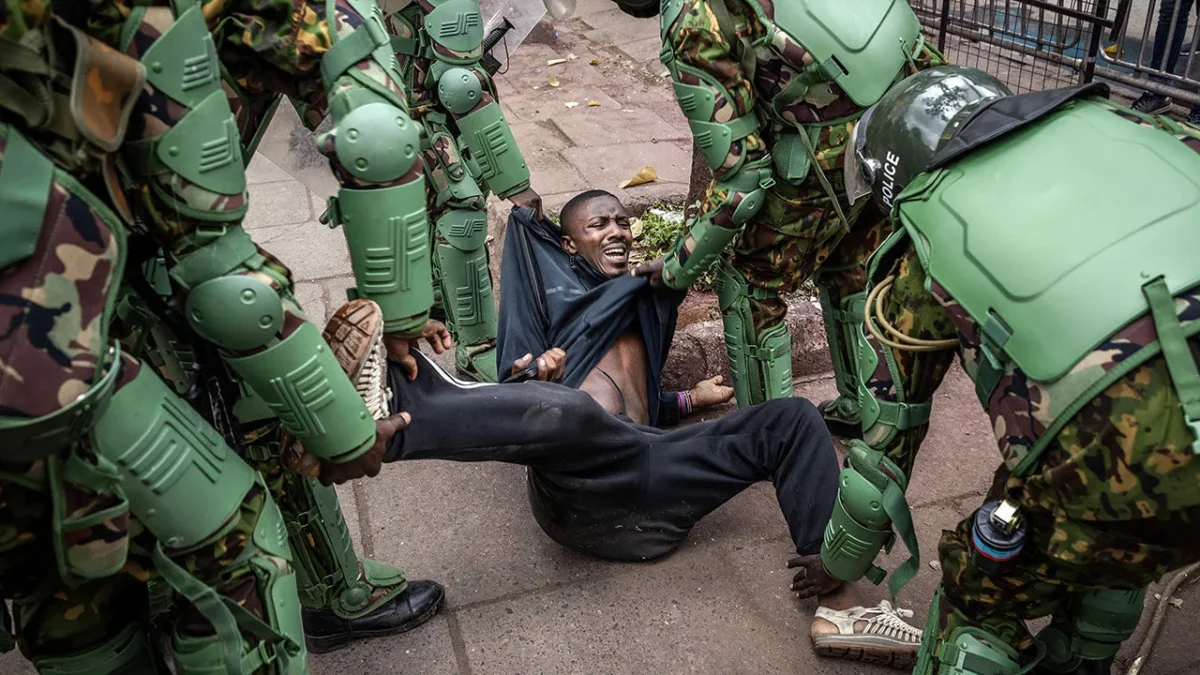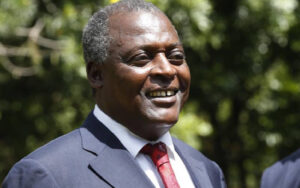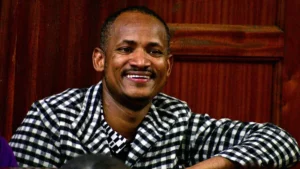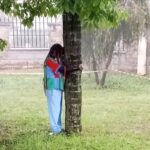Yesterday’s Nanenane March in Nairobi CBD was marred by violent crackdowns of peaceful protestors by the Kenya Police. According to local media reports, dozens were arrested for peaceful assembly.
Videos shared on social media show the police brutalizing civilians and members of the press, with Larry Madowo of CNN claiming he and his crew were targeted twice by the police. Royal Media’s, Stephen Letoo also shared a clip of a journalist being beaten by the police as his female colleague was on her knees begging for mercy.
George Chege, a protestor who took to the streets today for the #NaneNaneMarch was arrested as he shared his reasons for taking to the streets.
— Africa Uncensored (@AfUncensored) August 8, 2024
Video by @tom_mukhwana. pic.twitter.com/S2BB4a3pa5
Over the past two months, citizens’ dissent against the government has grown. Calls for accountability and criticism of the regime have been met with brutal repression by the regime to try to silence the citizenry. There have been instances of daylight abductions, torture, and extrajudicial killings by the police. However, despite calls for justice, the Directorate of Criminal Investigations and IPOA have claimed a lack of evidence to prosecute.
Media houses have alleged intimidation by state machinery to stop covering live demonstrations, with the top leadership terming it, ‘Support of Anarchy.’ Bloggers and online activists criticizing the blatant corruption and injustice have been arrested and charged on trumped-up charges with no legal basis.
Shame…! @MediaCouncilK pic.twitter.com/locD6P5kch
— STEPHEN LETOO (@SteveLetoo) August 8, 2024
Just the other day, a local media station published and aired a report on the bodies received at the city mortuary during the period of the popular youth’s ‘pro-government protests’ –I know you are wondering why ‘pro-government’; the youth have been demanding accountability and good governance against the corrupt practices of the political class who have always promoted systematic corruption, bringing some essential government services to a grinding halt.
The report revealed that more than 250 unidentified bodies were booked at the mortuary. The report further alleged that the surge of bodies to the mortuary had catapulted during the period of the protests, raising questions on the officially reported number of casualties of police brutality.
A parent who was interviewed claimed that his son who disappeared during the protest was found at the city mortuary. Upon viewing the booking report, he was surprised to see that the body was a victim of mob justice in Juja, Kiambu County, despite the body having a clear gunshot wound to the head and the victim having disappeared during a protest in Kajiado County.
Swooping into neighborhoods with unmarked cars, wearing civilian clothes, faces covered and with AK47 riffles has been a common police operation procedure in the nation’s capital. This dangerous trend by the police is a terrorist’s emo. Criminal elements may take advantage of the system’s lawlessness and execute operations with similar tactics, begging questions on the police’s top leadership strategies and whether the constitution bears any meaning to them.
History is littered with authoritarian regimes and their ultimate fall. Bangladesh’s popular student revolt is still fresh. Another example is the Romanian dictator, Nicolae Ceaușescu who was the General Secretary of the Romanian Communist Party from 1965 to 1989 and the President of Romania from 1974 until his downfall in 1989.
Ceaușescu’s regime was marked by severe repression, extensive propaganda, and significant economic hardship due to his policies, including efforts to pay off the country’s foreign debt by exporting much of its industrial and agricultural output, which led to widespread shortages and suffering among the population.
The Romanian Revolution of December 1989 led to his overthrow. Ceaușescu and his wife, Elena, were captured, tried in a brief and hastily organized military tribunal, and found guilty of various charges, including genocide and undermining the national economy. They were both executed by firing squad on December 25, 1989. Their execution marked the end of communist rule in Romania.
















